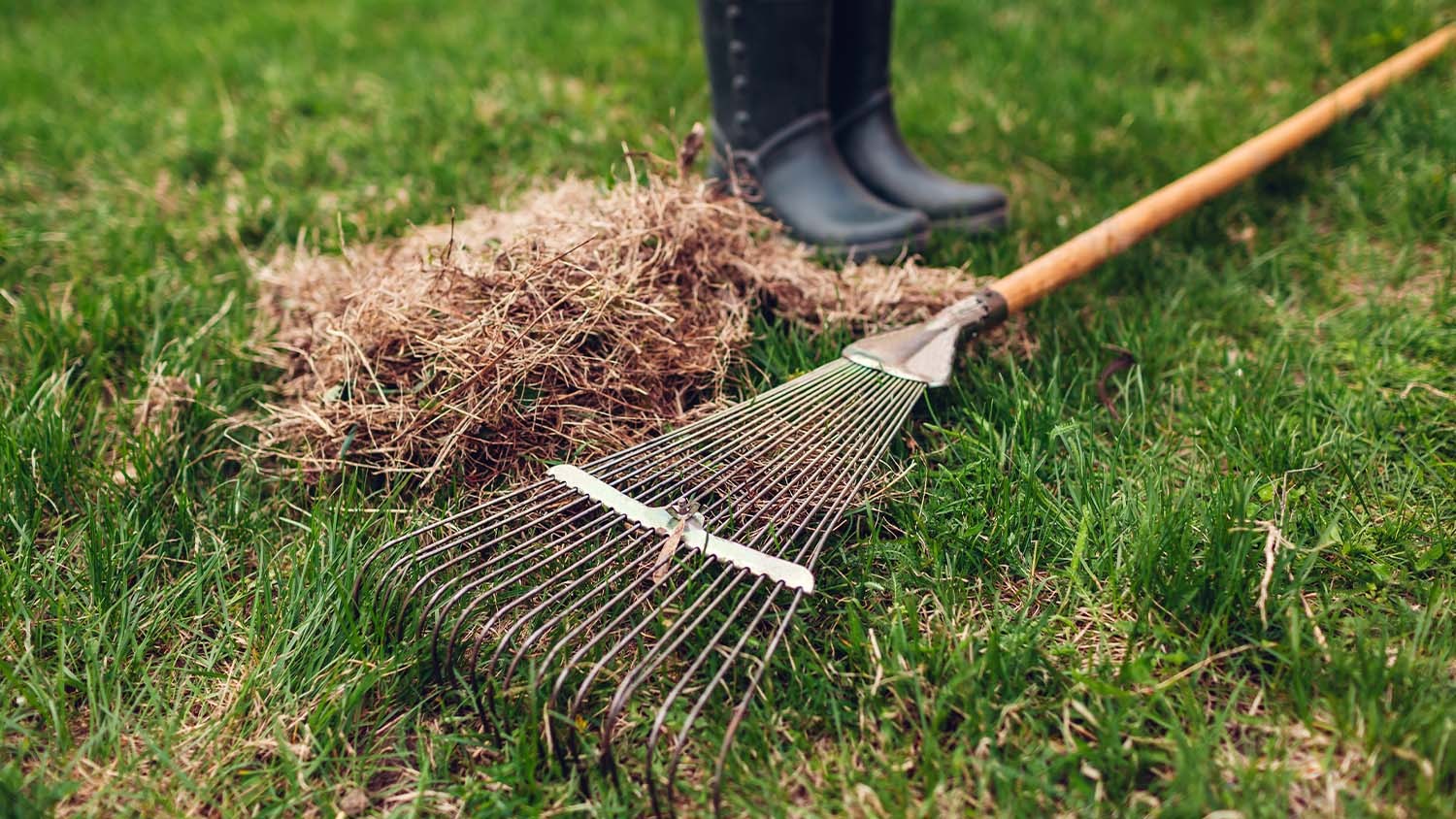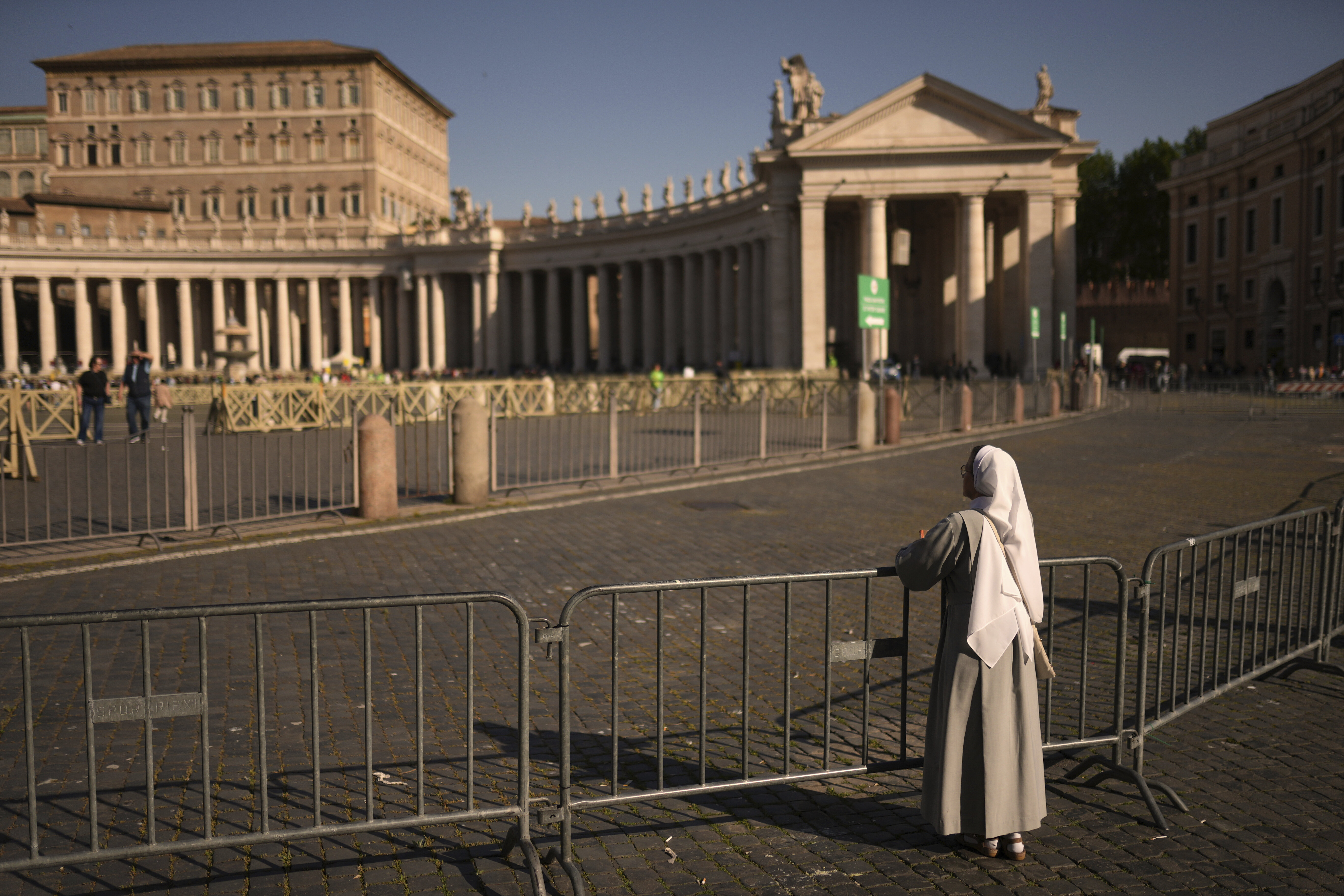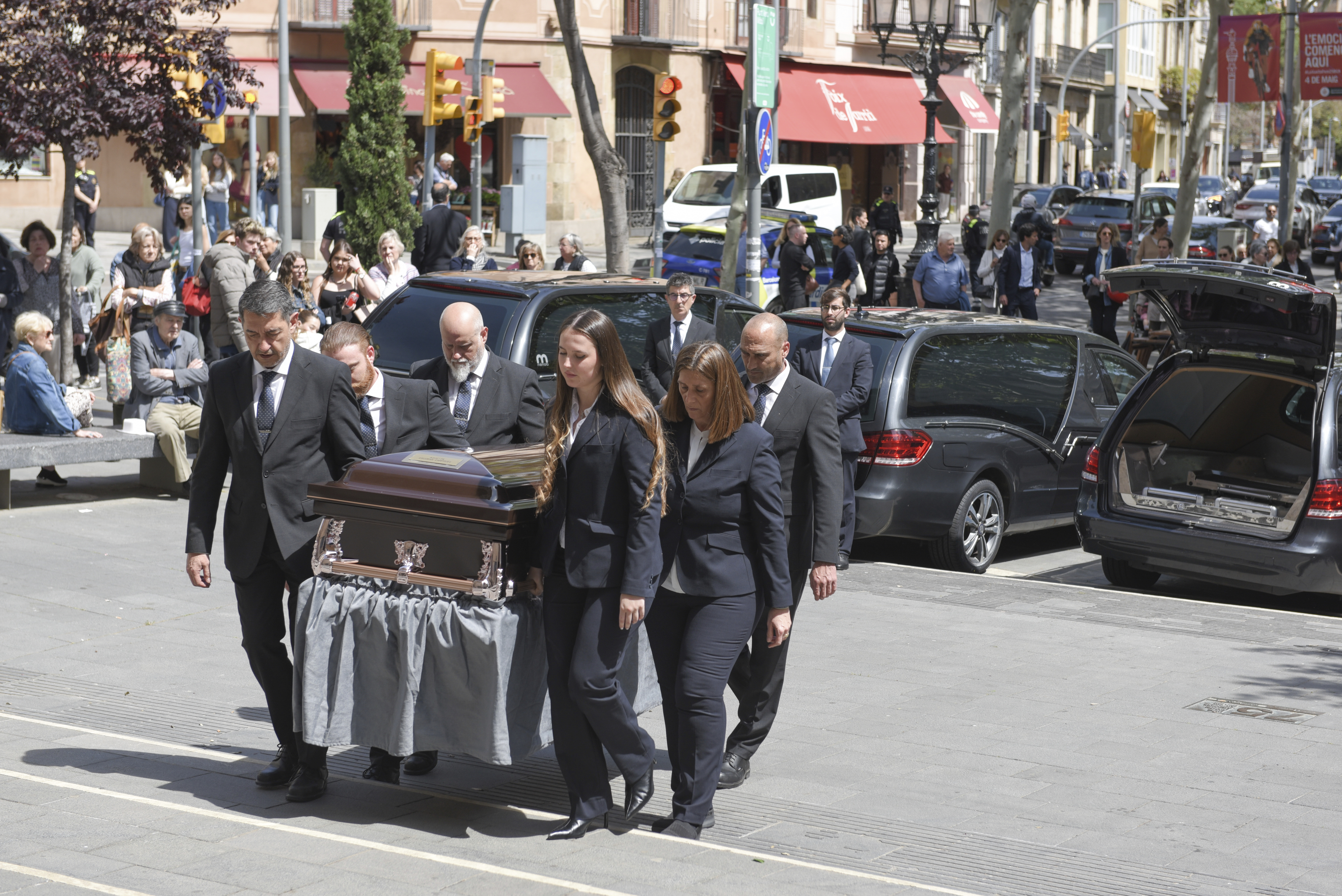ROSENBERG, Texas (NEXSTAR) – There’s a rich piece of history tucked away less than an hour outside of Houston, in Rosenberg, The Black Cowboy Museum.
The man behind the only Black cowboy museum in the world is Larry Callies. Callies’ cowboy roots run deep. He comes from a full line of cowboys in El Campo, Texas, and started working on a ranch with his father at the age of 9.
Callies went on to ride in the rodeo, then off to college, and then ended up working for the post office while singing country music at night. In 1985, George Strait’s manager heard Callies and signed him.
“Two weeks before I went to record in Nashville, I lost my voice,” said Callies. He has what’s called vocal dysphonia.
“When I lost my voice, I lost my band, and I lost my manager. But I’m a Christian first and a cowboy second. I know when God closes one door, he opens up another one,” said Callies.
And God did just that. Callies says four years ago, God spoke to him and told him to open the museum to celebrate the unsung Black cowboys in his life. So Callies took his life savings and opened the first and only Black cowboy museum in the world.
“I like history. And what I like to do is teach people history. That’s why I started this museum,” said Callies.
And there’s so much history to be taught, for instance African American’s iconic role in the “Wild West”. Callies says he first learned about the Black cowboy from his dear Uncle Willie.
“He said boy, there were no white cowboys back in the 1920s. White cowboys were called cow hands,” Callies recalled.
In fact, they refused to be called cowboys, because that was attached to slaves. Just like house boys, a yard boy, and someone who worked the cows, that was a cowboy.
In the 1950s Hollywood got wind of cowboys and cast all white actors. making the John Wayne’s of our time.
“So, they put them on TV and called them cowboys,” said Callies.
It went from there like a tumble weed rolling on the range. But to Callies he’ll always be a Black cowboy.
Now this cowboy is educating everyone about what it truly means to be a cowboy, with artifacts dating back over 200 years. Callies’ favorite piece in the museum is a wood carving done by a slave who roamed through Texas in the 1850s.
“He cut this with an axe. He wanted to remember her face and that’s the way she looked when she’d be walking away from him,” described Callies.
When you visit The Black Cowboy Museum you walk away with so much. But the most important lesson Callies said, is one his dad taught him, to be honest.
“He said if you tell the truth, everybody is going to find out,” said Callies.
Now thanks to Callies the truth is out about the Black cowboy.
For more on The Black Cowboy museum, please visit: http://www.blackcowboymuseum.org/


















